Freshwater mussels are cold, wet, and clammy. Encased in a hard shell, these animals are as unique as their names: fat pocketbook, pink heel-splitter, fawnfoot and hickorynut.
Missouri has more than 60 mussel species that are important for healthy rivers, streams and ponds. They provide food for muskrats, raccoons, river otters and some birds. Mussels are filter feeders that clean water as they feed. Each species requires a particular set of water conditions as well as a specific host, usually a fish species to help incubate their young. Mussels lure host fish in by visually mimicking them, or with chemical cues, and then release their young to attach to the fish’s gills. See live action in the video below.
Mussels require clean, undisturbed habitat to survive. Nearly half of Missouri’s mussel species are of conservation concern and provide an early warning for our waterways. Because most mussels stay in a single spot their entire lives, they need stable living conditions. Their most serious threat is river damming, which reduces or removes currents necessary for most specie
Consult Missouri mussel and clam regulations before collecting them.
You can also help protect our mussels by joining or forming a Missouri Stream Team in your area. Stream Teams are volunteer groups that monitor water quality and report threats to our rivers and streams.
Take a Look Under the Shell
Learn all about the fascinating workings of inside a mussel shell.
- The rounded portion near the hinge is the umbo (or beak). The inside portion of this area is the beak (umbonal) cavity.
- The pseudocardinal teeth, anterior to the umbo, usually have two teeth on the left shell and one in the right.
- The lateral teeth (toward the posterior side) usually are double in the left shell and single in the right. These sets of teeth fit snugly together and prevent the two shells from shearing apart.
- The two shells are held together by a stout hinge ligament, which is dark brown or black. This ligament constantly exerts pressure on the shells, causing them to be open by default.
- There are also two strong, columnlike adductor (or retractor) muscles attached to each shell. When relaxed, these muscles allow the hinge ligament to pull the two shells open. When the adductor muscles are tightened, they pull the two shells together.
To learn more about mussels, visit MDC’s Field Guide.
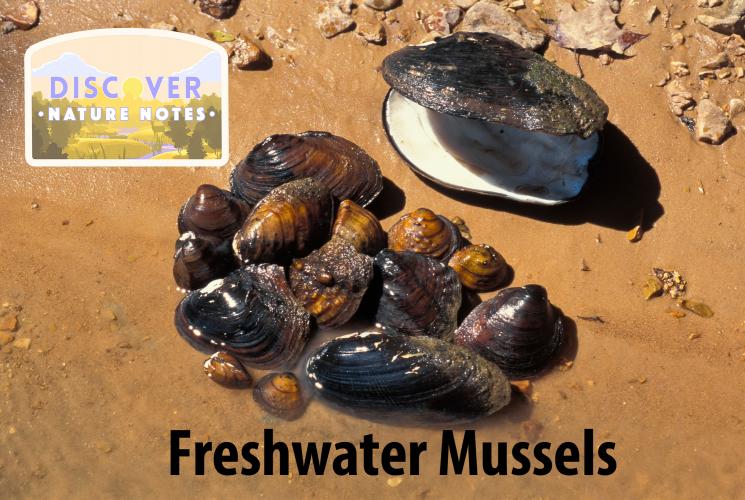
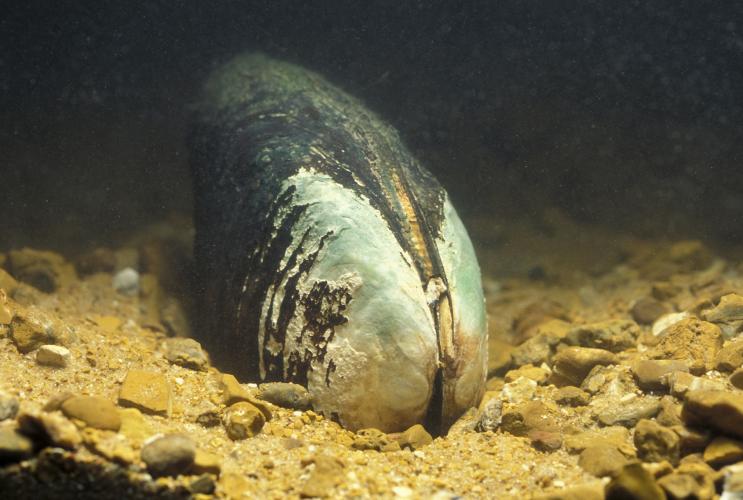
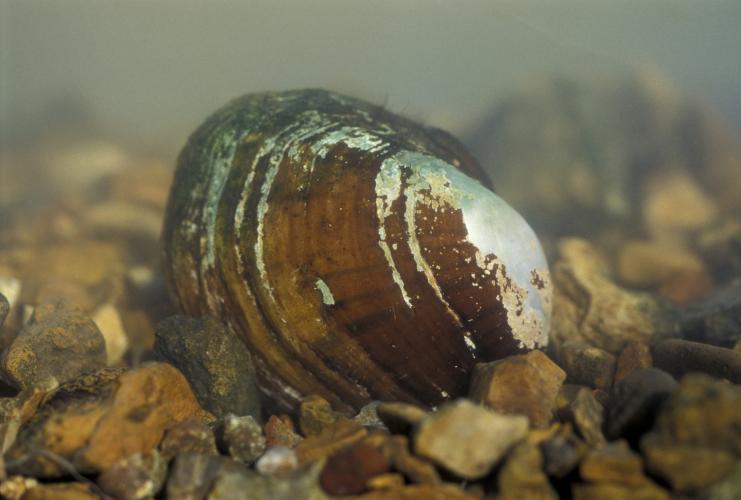
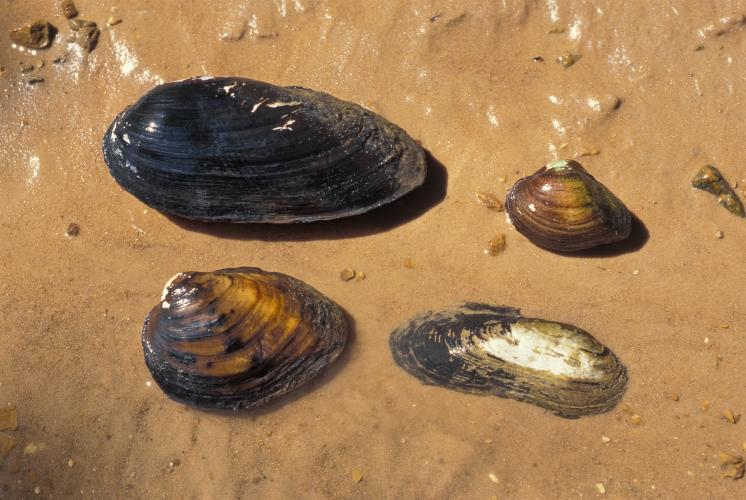
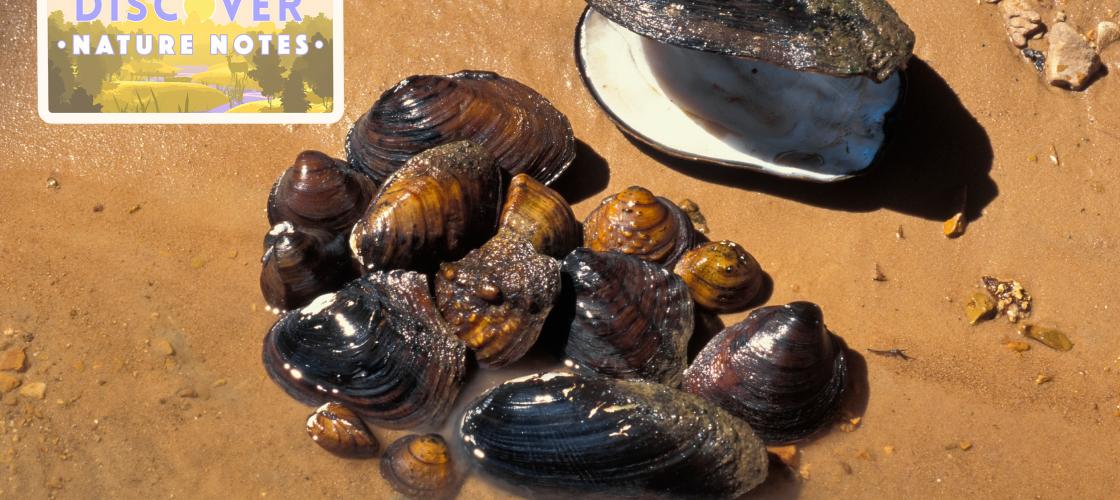
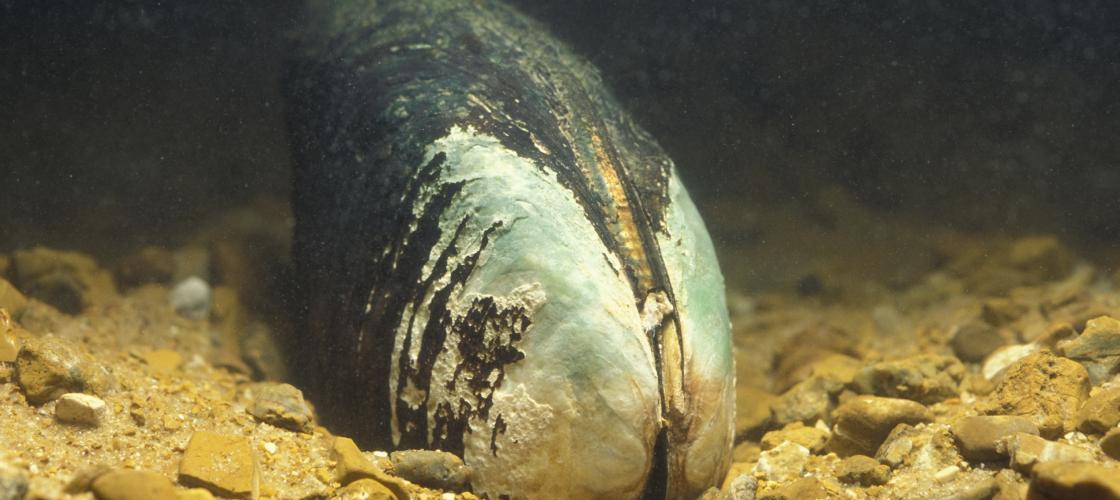
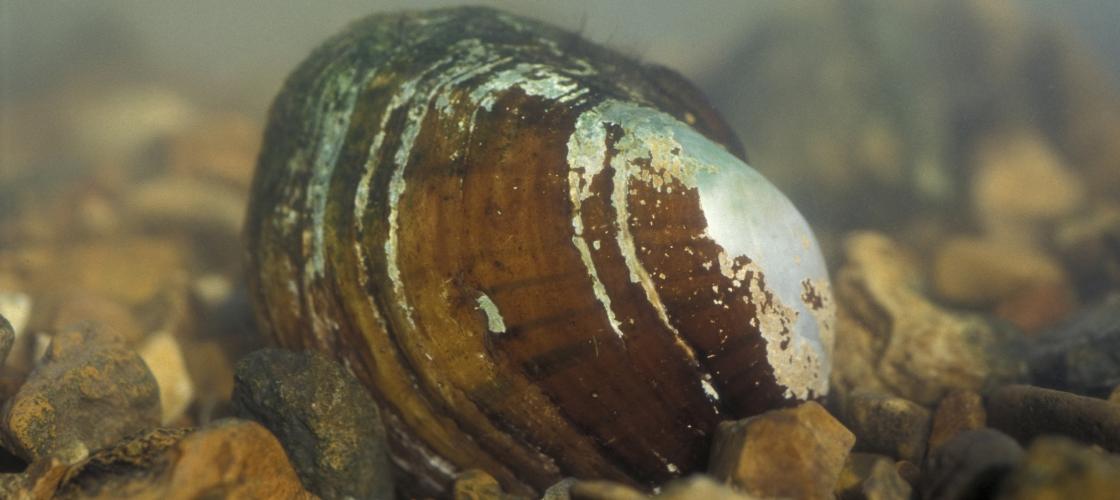
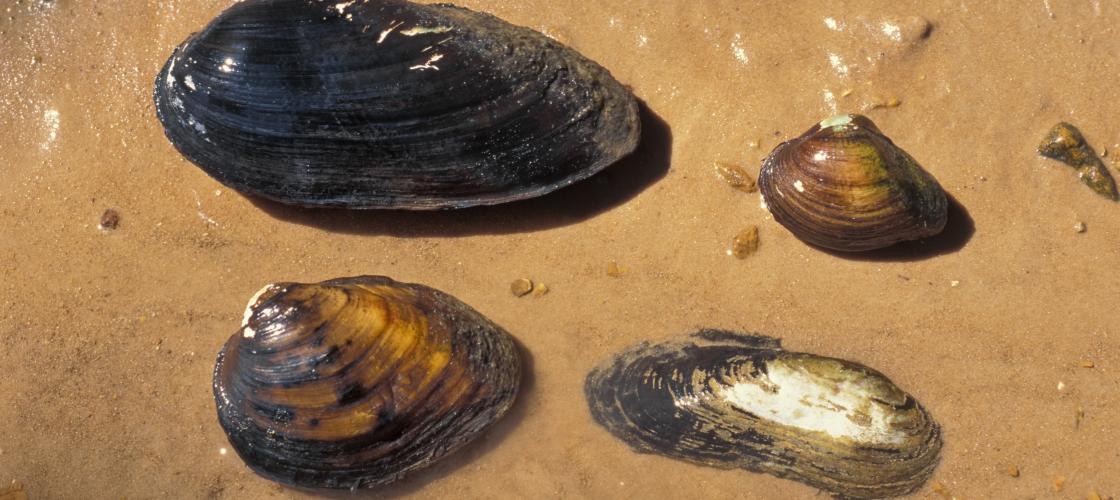
Recent Posts
























